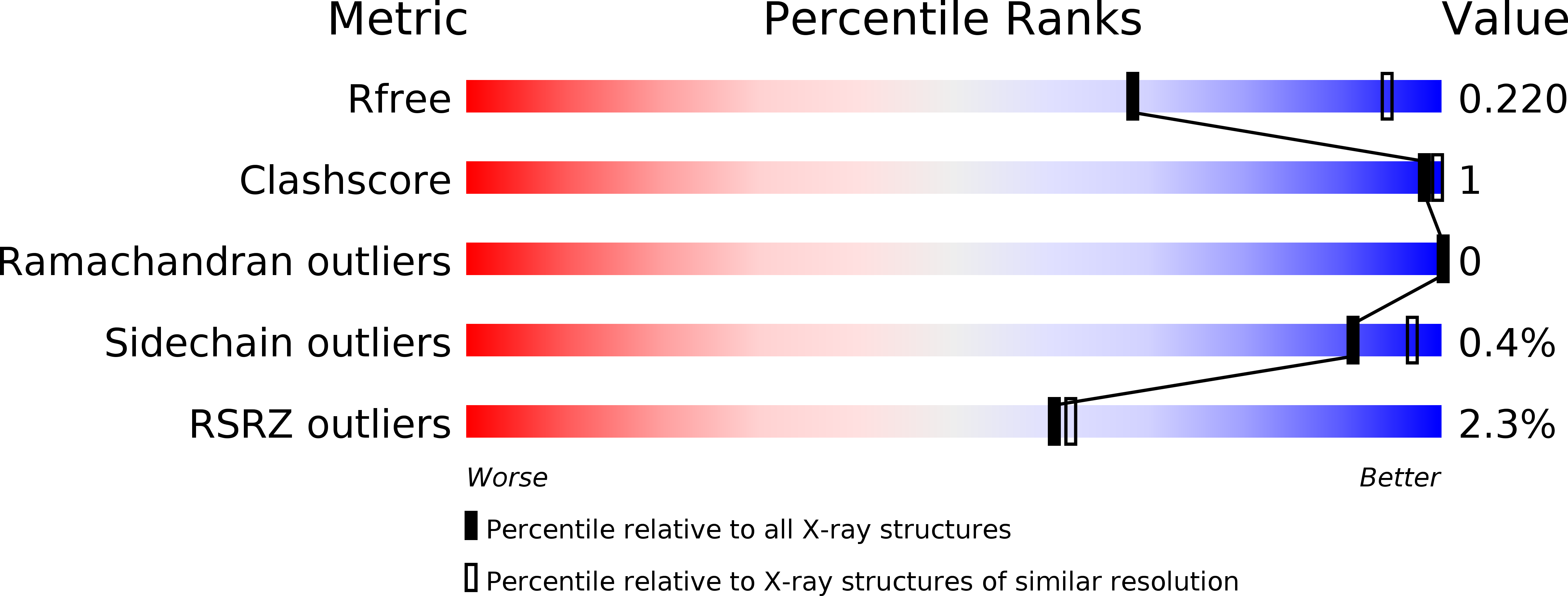
Deposition Date
2017-02-20
Release Date
2017-04-12
Last Version Date
2023-11-22
Entry Detail
PDB ID:
5X60
Keywords:
Title:
Crystal structure of LSD1-CoREST in complex with peptide 9
Biological Source:
Source Organism:
Homo sapiens (Taxon ID: 9606)
Host Organism:
Method Details:
Experimental Method:
Resolution:
2.69 Å
R-Value Free:
0.23
R-Value Work:
0.22
R-Value Observed:
0.22
Space Group:
I 2 2 2


